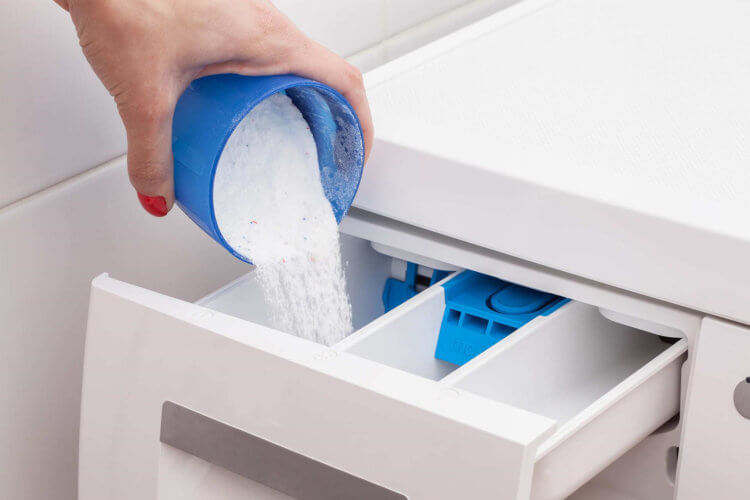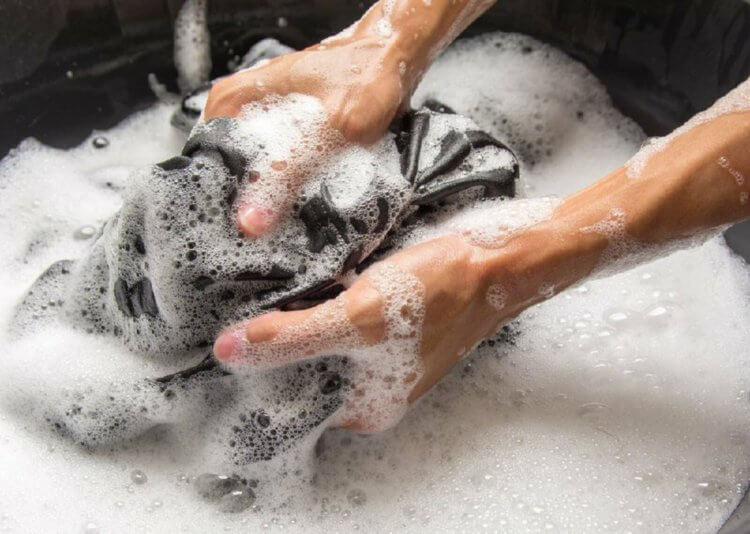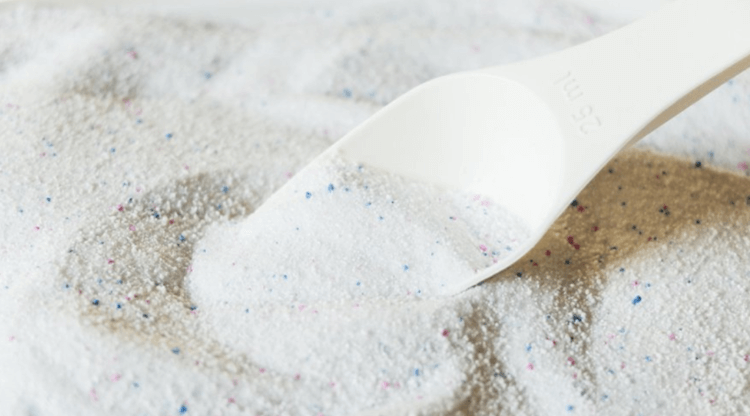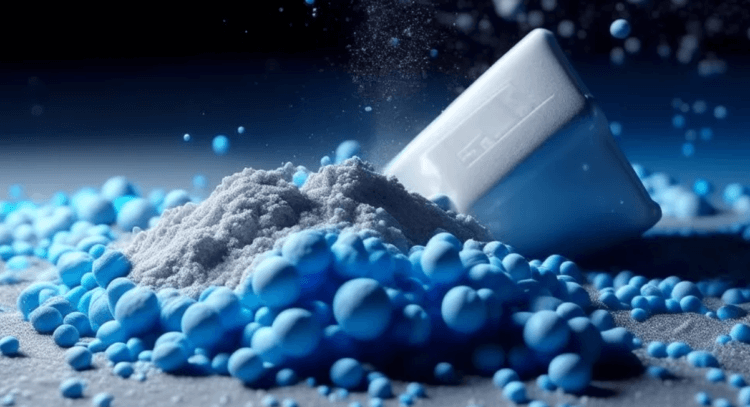Washing powder is an indispensable type of household chemicals that allows you to wash even heavily soiled items. But, as a rule, we don’t even think about how he copes with this task. For example, few people know that different chemicals are required to remove different types of stains from clothing. Accordingly, for a washing powder to be effective, it must have a set of different substances, but some of them do not combine with each other. Therefore, washing powder manufacturers have to not only fill it with the necessary components and additives, but also ensure the right combination. And the composition should not be toxic so as not to cause harm to health.

Washing powder has a complex chemical composition. Photo source: ecole-soda.ru
How washing powder works
Washing powders remove dirt well thanks to the so-called surface-active substances (SAS). These same substances provide detergent properties and ordinary soap. They reduce the surface tension of water, thereby facilitating its penetration into the fabric. In addition, SAS provide a weakening of the bond between dirt and fabric.
During the washing process, the rotation of the drum of the washing machine creates mechanical friction between the fabric, water and the detergent solution, which helps to separate the dirt. But, as already mentioned above, different chemicals are needed to remove different types of dirt.

The surfactants in laundry detergent help lift dirt from the fabric. Photo source: kumertime.info
What is the composition of washing powders
Washing powders contain additional components that increase the effectiveness of surfactants. First of all, such components include enzymes or enzymes, due to which powders cope well with various stains on fabric.
For example, enzymes break down biological contaminants such as proteins (protease enzymes), fats (lipases) and carbohydrates (amylases). Hydrogen peroxide or sodium perborate powder can break down stubborn stains by oxidizing and lightening them. Polyphosphates and zeolites bind calcium and magnesium ions in water, softening it and increasing the effectiveness of surfactants.
The powder also contains alkaline substances such as sodium carbonate, which help break down fats and oils, turning them into soaps. The latter are easily removed with plain water.

Washing powder contains enzymes that break down proteins and fats. Photo source: gorodkirov.ru
When a contaminant is released from the fabric and ends up in water, it can theoretically recontaminate the fabric. To prevent this from happening, the powder contains anti-resorbents. They hold dirt in solution, surrounding it with molecules, thereby preventing it from re-depositing onto the fabric.
The powders also contain various additional components, such as fragrances that provide a pleasant aroma, substances that suppress foaming, alkalis and various salts. In combination, this entire «cocktail» chemicals provides washing powders with the properties necessary for effective washing.
Is washing powder dangerous for the body
As mentioned above, it is extremely important that the powder is not only effective, but also safe for humans, since it is impossible to completely rinse it after washing. But, unfortunately, any washing powder is toxic to one degree or another. This is especially true for powders that contain phosphates.

Many washing powders contain phosphates, which cause dangerous diseases. Photo source: guru.wildberries.ru
These substances are surfactant catalysts, that is, they increase the efficiency of washing, but at the same time have a toxic effect on the body. Phosphates can remain on clothing after washing and, when in contact with skin, cause dryness, irritation and other skin problems. In addition, some people may experience allergic reactions to phosphate residues on clothing, resulting in skin irritation and dermatitis. Also, the powder can intensify eczema if this skin disease already exists.
But the most unpleasant thing is that phosphates in combination with surfactants have an even more negative effect on the body. True, in small concentrations they are harmless, but they tend to accumulate, especially for anionic surfactants. As a result, this can lead to disorders of the immune system, allergies, as well as diseases of internal organs and even cancer.
Be sure to visit our Zen and Telegram channels, here you will find the most interesting news from the world of science and the latest discoveries!
Finally, we note that currently there are many alternative washing powders that do not contain phosphates and are safe for the environment. They are based on natural ingredients and biodegradable surfactants.